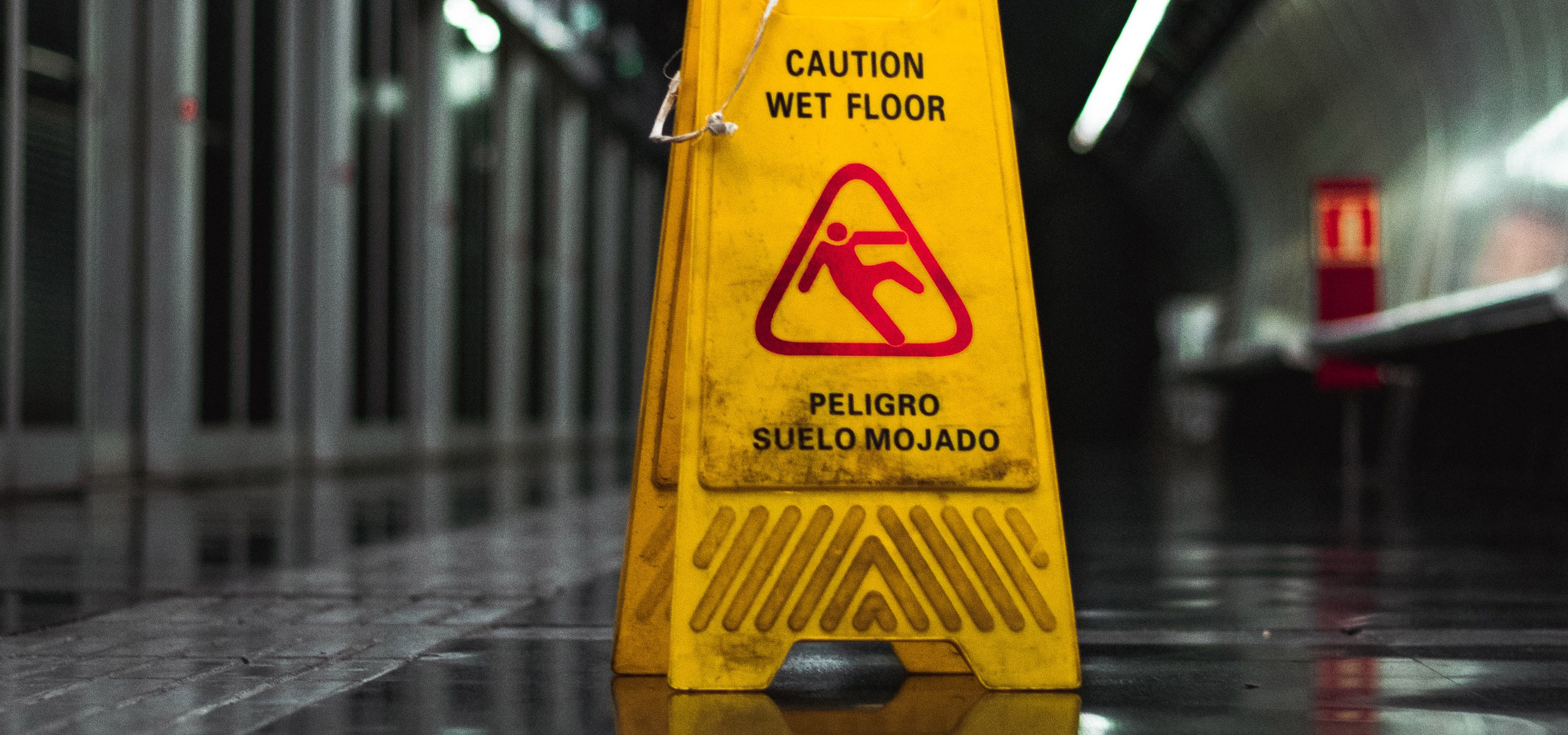Slips, trips, and falls are the leading cause of general workplace accidents and injuries ranging from minor bruises to severe traumas such as head injuries, broken bones, sprains, and lacerations. In fact, slips, trips, and falls are often reported as the most common causes of workers’ compensation claims.
To reduce the potential hazards that lead to slips, trips, and falls, there are ways you can proactively manage your workplace environment to help lower the risk of injury to your employees and customers.
Here are 10 ways you can prevent slips, trips, and falls around the workplace:
1. Keep walking surfaces clean and free of clutter
By keeping walkways clear, you can quickly reduce the potential for injury. An unobstructed path minimizes the opportunity for an employee to trip over an unexpected object and reduces the potential for a fall that could create a dangerous slipping hazard.
2. Stairways & Handrails
Stairs are a common area for falls in the workplace and additional care is often required to reduce the risk of injury. Be sure to keep your stairwells clear, well lit, and free from unsecured objects. Ask yourself these questions:
- Do your stairways have handrails?
- Are the top and bottom stair marked with reflective tape?
- Have you removed any unsecured rugs or carpets from the stairs or landings?
3. Manage cords
Power, internet, and phone cords can often create a sea of obstacles for employees and customers. Try to run cables behind walls or under carpets to keep them hidden. Install power outlets, internet connections and phone jacks in easily-accessible locations to avoid running cables across walkways.
